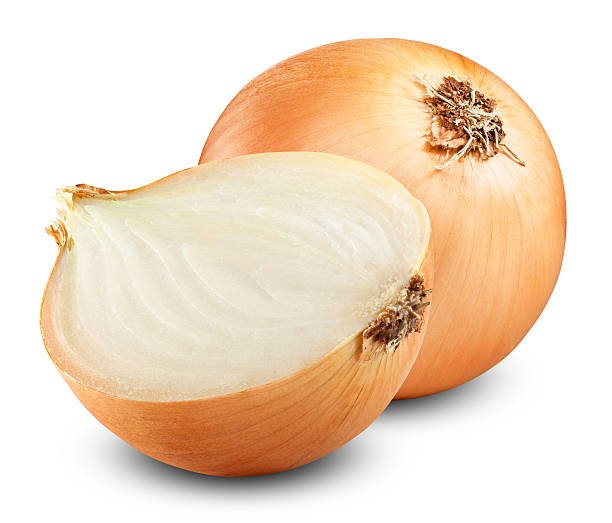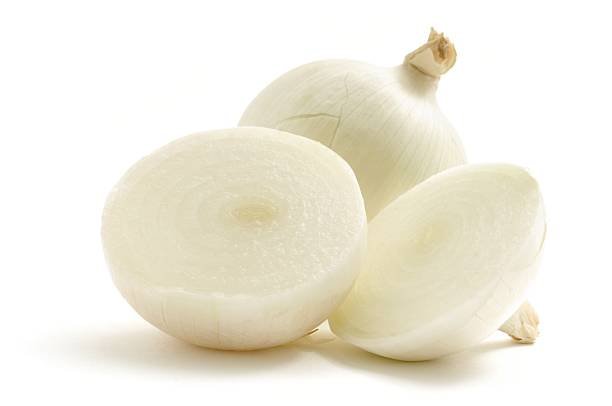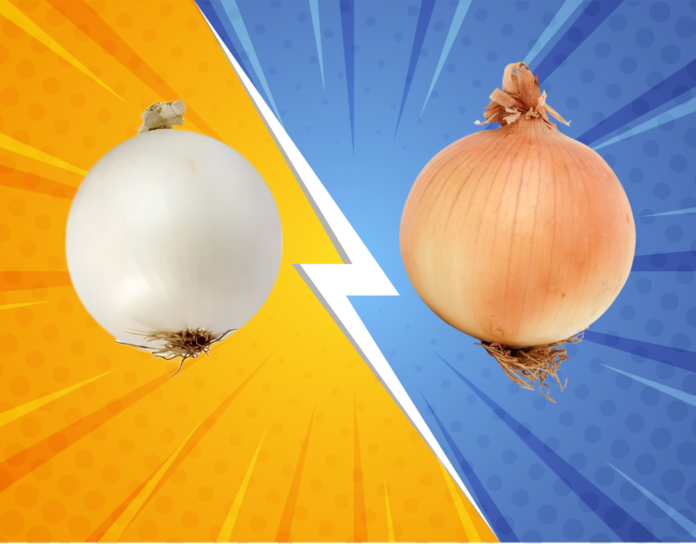Here’s what a chef-instructor from the Institute of Culinary Education wants you to know about effectively swapping one for the other!
In my kitchen, you’ll usually find either white or yellow onions hanging out—rarely both! My choice comes down to what looks good at the store that day rather than any strict rules about which onion to use. Honestly, unless I’m doing a recipe test for work, I often don’t even check what type a recipe calls for.
Recently, a friend popped the question: what’s the real difference between these two onion types? Intrigued, I decided to reach out to Chef Jay Weinstein, an expert in Plant-Based Culinary Arts at the Institute of Culinary Education, to get the lowdown.
Chef Weinstein reassured me that you can typically swap yellow onions for white ones and vice versa without any issues. Still, he mentioned there are some tasty differences between the two. Plus, there are a few dishes where picking the right onion can make all the difference—unless you’re just in a pinch, of course!

What’s the Difference Between Yellow and White Onions?
When it comes to onions, understanding the distinct flavors and textures can elevate your cooking experience! Chef Weinstein highlights a few key differences that set yellow and white onions apart.
Firstly, white onions are known for their milder and sweeter flavor profile. However, that doesn’t mean yellow onions are lacking in sweetness; certain varieties, like Vidalia and Maui, can have a notably high sugar content too. This means you might find a yellow onion that surprises you with its sweetness!
In terms of texture, white onions are generally more tender. When you cook them, they tend to break down easily, transforming into what chef Weinstein refers to as an “onion jam”. This can add a delicious depth to your dishes! On the other hand, yellow onions maintain their structure better during cooking, making them ideal for recipes where you want the onion to hold its shape. Because of their color and tendency to disintegrate, white onions can “disappear” into long-cooked dishes, enhancing them without overpowering the other flavors.
Next time you’re at the store, keep these differences in mind to choose the perfect onion for your culinary creations.

What Are the Best Uses for Yellow vs. White Onions?
When it comes to cooking, knowing how to use yellow and white onions can really enhance your dishes! Chef Weinstein shares some great tips on when to use each type.
Yellow onions are your go-to choice for any sautéed onion dish where you want those onion flavors to shine through. Think about topping your pizzas, burgers, or sandwiches with them for that robust onion presence that elevates your meal.
On the flip side, white onions are perfect for dishes where you want the onion pieces to become almost invisible, such as in a hearty goulash or comforting stew. Their milder flavor allows them to blend seamlessly into the dish.
If you’re planning to enjoy onions raw, white onions are an excellent option for salads, salsas, sandwiches, and burgers. Just a friendly tip from chef Weinstein: always taste a slice first, as some varieties can have a sharper bite than others.
And let’s not forget—mild yellow onion varieties, like the sweet and juicy Vidalia and Maui onions, are also fantastic when eaten raw. So, whether you’re cooking or assembling a fresh salad, you now have the insider scoop on the best uses for yellow and white onions!
Does It Really Matter Which You Use?
You might be wondering, does it really make a difference? According to Weinstein, white and yellow onions are mostly interchangeable. In fact, he doubts he could even taste the difference in a cooked dish while blindfolded!
However, if you’re preparing a dish like a salad, salsa, or chutney, white onions take the spotlight. The snowy elegance they add to raw presentations is hard to beat! “Sliced paper-thin, ribbons of white onion elegantly cascade over dark leafy greens, creating a stunning visual contrast,” explains Weinstein. On the flip side, he appreciates the lovely golden hue that yellow onion skins bring to stocks and broths. While yellow onions have a more natural color, both types can be beautifully caramelized or blackened to create layers of flavor.
The Takeaway
In summary, white onions are typically milder, sweeter, and tender, making them excellent for both raw dishes and recipes where they’ll melt into the mix. Yellow onions, with their robust flavor, maintain their texture well when cooked, making them great for recipes where you want the onion experience to be front and center.
For most everyday cooking, you can easily swap between the two. However, if you’re aiming for that perfect flavor or texture for a special occasion, be sure to stick with the specific variety recommended in your recipe.



